Estimated reading time 14 minutes, 51 seconds.
Approximately 44,000 people live across Yukon’s 480,000 square kilometres, including 32,000 in its capital city, Whitehorse. While remotely located and few in number, Yukoners are productive. According to Statistics Canada, the territory’s real GDP grew 9.1 percent in 2021. That was almost double Canada’s national growth rate of 4.8 percent. The territory’s fastest growing goods-producing industries were mining (+34 percent) and construction (+19 percent), while the best performing service industries were accommodation and food (+14 percent) and arts, entertainment, and recreation (+11 percent). The latter two reflect the territory’s vibrant tourism industry.
During the past 95 years, commercial aviation has supported the development of Yukon’s economy. It began on Oct. 25, 1927, when a Ryan Brougham airliner was delivered to Yukon Airways and Exploration Company at Whitehorse. Since then, many carriers have fought for longevity. From 1935 to 1980, these included British Yukon Navigation, Canadian Pacific Air Lines, Connelly-Dawson Airways, Great Northern Airways, Northern Airways, Northward Airlines, Northwest Territorial Airways, Pacific Western Airlines, Trans North Turbo Air, and Yukon Southern Air Transport.
For 46 years now, Air North has gradually expanded its presence across Yukon and into the south. Despite significant challenges, it has survived the same economic downturns that have doomed many larger Canadian airlines, and has become a vital economic conduit.

Before discussing the company’s current situation, let’s take a look at how it has progressed.
In the Beginning
Joseph T. Sparling, a young commercial pilot, and Thomas A. Wood, an aircraft maintenance engineer, aspired to build an aviation business in Whitehorse. On Feb. 1, 1977, they purchased Globe Air Services Ltd. and renamed it Air North Charter and Training Ltd. It flew mining-related charters and provided flight training with a handful of single-engine Cessnas.
Between 1980 and 1996, Air North operated many other piston-powered types including the Beech Twin Bonanza, Expeditor, and Queen Air; Britten-Norman Islander; de Havilland Canada Beaver, Otter, and Caribou; Douglas DC-3 and DC-4; and Fairchild Husky, to name a few. It initiated scheduled service in the mid-1980s with a DC-3 between Whitehorse and Fairbanks, Alaska, and several years later, the Whitehorse-Dawson City-Old Crow run was introduced.
In August 1996, the company acquired a pair of Hawker Siddeley HS-748s. Their pressurized cabins and higher cruise speeds were a welcome improvement over the DC-3s. The 40-seat turboprops were put to use on a scheduled network across Yukon, the Northwest Territories, and Alaska. By the end of 1998, the fleet was totally turbine with three HS-748s and one Beech 99.

Air North joined the Canadian jet set in May 2002 when it added two Boeing 737-200s, expanding its service into Alberta and British Columbia. Six years later, a Boeing 737-200C — equipped with a cargo door and a gravel deflector kit — was added to the fleet, allowing the carrier to access remote airstrips in support of natural resource projects.
Two newer models of the Boeing 737, a -400 and a -500, joined the fleet during 2010. They provided more capacity for both the scheduled and charter services, as well as improved fuel efficiency.
During the following decade, Air North continued to upgrade its fleet and expand its route network in the Northwest Territories and British Columbia. Most recently, in May 2022, the airline entered the Southern Ontario market with twice-weekly service from Whitehorse to Toronto during the summer.
As more modern aircraft were required, the airline’s HS-748s were replaced with ATR 42s, and additional 737-500s replaced the 737-200s.

This is Now
Air North currently operates nine aircraft including four ATR 42-300 turboprops and five Boeing 737 jets. Three of the ATR 42s have 42 seats and one is a dedicated freighter — which can carry up to 5,350 kilograms (11,800 pounds) of cargo. The 737 fleet includes a 156-seat -400 and four 122-seat -500s.
Today, the company has three main revenue streams: scheduled service, charters, and providing ground handling services (fuel and baggage) for other carriers. The team responsible for executing the company’s business plan consists of approximately 220 full-time equivalent employees, including roughly 30 pilots, 15 aircraft maintenance engineers (AMEs), and 30 flight attendants.
During 2022, scheduled services represented approximately three quarters of Air North’s top line, while charter work contributed roughly 15 percent of the company’s total sales, and ground handling services accounted for approximately 10 percent of revenues.
While performing charter missions, Air North’s 737 fleet has taken Yukoners south to Las Vegas; flown tourists north from Vancouver to Haida Gwaii, British Columbia, for fishing holidays; and moved oil sands workers between points within Alberta.
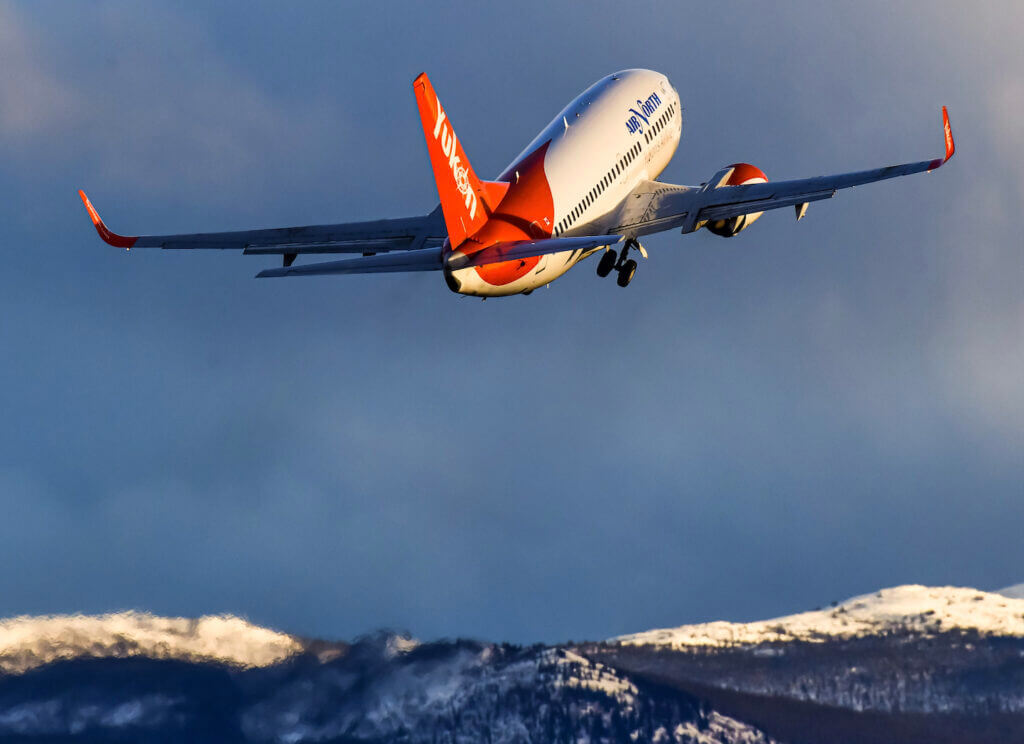
For operators visiting Air North’s base at Erik Nielsen Whitehorse International Airport (CYXY), the airline offers equipment such as a deicing truck, belt loader, or baggage tug and carts; personnel like a ramp agent or AME; and a variety of other services like logistical handling.
Proprietary Features
Successful companies tend to have distinctive product/service offerings and operational characteristics that differentiate them from their competitors. Air North continues to prove this to be true.
The airline takes pride in the community support it has garnered over the years, building a very close relationship with Yukoners — be they customers, suppliers, employers, or owners. For instance, Air North has used the Yukon Small Business Investment Tax Credit program to issue Class C shares to residents since 2002. It allows each investor to obtain a one-time tax credit applicable to their Yukon taxes, equal to 25 percent of their investment.
Prior to this, in 2000, the Vuntut Gwitchin First Nation’s Vuntut Development Corporation seized the opportunity to become a significant shareholder of Air North, utilizing proceeds from land claims. As a result, Air North is today owned by Joe Sparling (50.2 percent), Vuntut Development (49 percent), and about 1,500 local residents (0.8 percent).
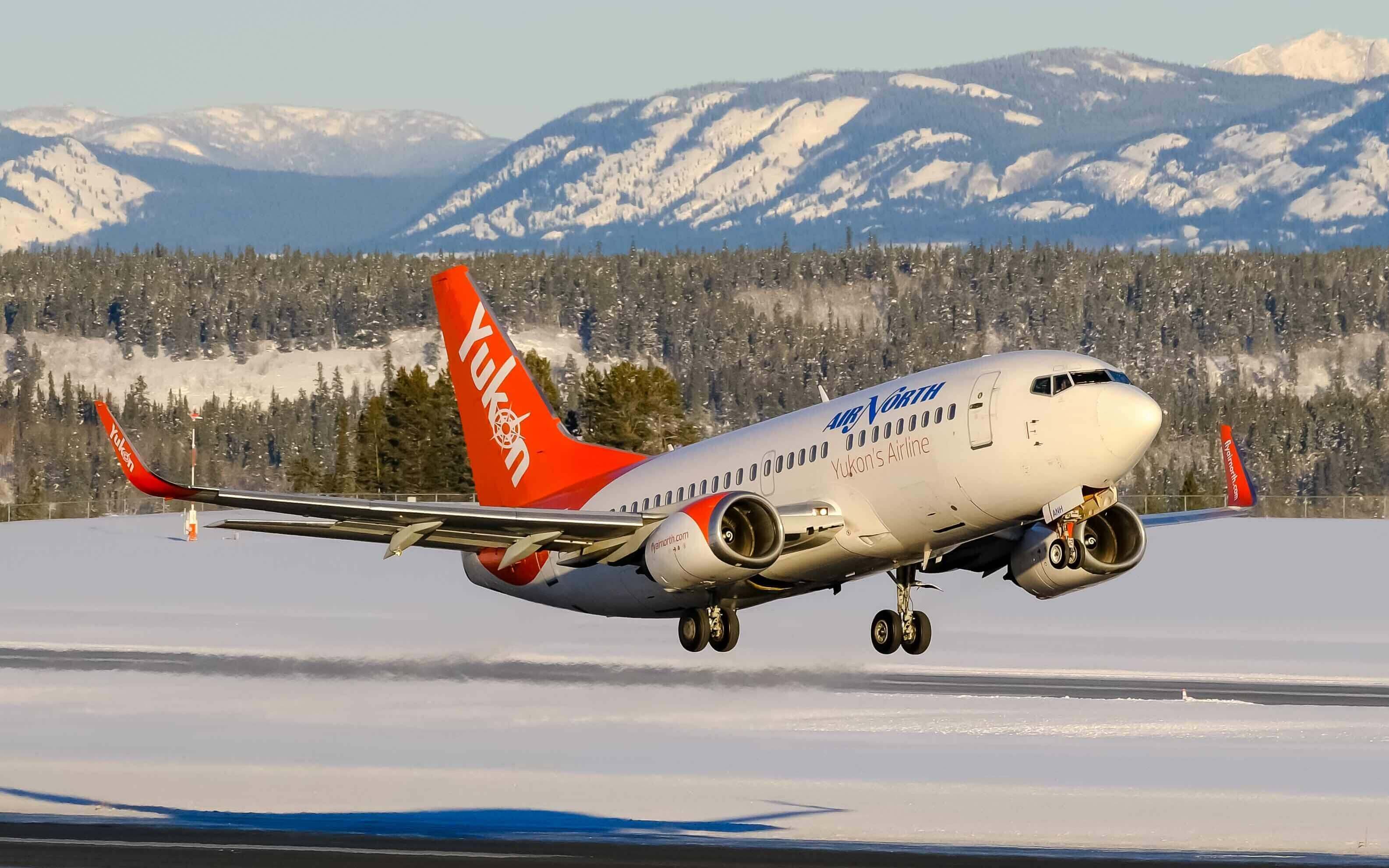
Given its important role within Yukon, the carrier looks to attract and retain workers who are technically skilled, emotionally mature, and personable. Many of its employees have direct contact with customers, so first impressions are important. The company’s strong culture is reflected in the average length of employee service; approximately 21 percent of Air North’s staff have been with the company for six to 10 years, while another 21 percent have been there for more than 10 years.
Exemplifying the spirit of many Yukoners, the airline is a largely self-reliant enterprise — as seen in many of its supporting activities, such as fuel supply, ticketing, maintenance, and catering.
Fuel is an expensive, yet necessary, part of many businesses. So, Air North has streamlined the supply process. The airline’s fuel is barged from the Pacific Northwest to Haines, Alaska; it is then trucked to Whitehorse, where it is stored in Air North’s tank farm until it is delivered to the company’s aircraft by its own tankers. Moreover, in 2014, Air North and several Yukon First Nations created a company, called Chieftain Energy LP, that provides fuel for piston and turbine powered aircraft at Whitehorse, and even distributes home heating fuels for residents.
As for ticketing, the airline’s call center at Whitehorse handles flight bookings through all the major computer reservation systems. Interestingly, Air North’s traffic is sourced equally from within and outside of the Yukon.
When it comes to performing routine maintenance on its aircraft, trucks, and ground service equipment, Air North utilizes its three hangars at CYXY, which total roughly 64,000 square feet. For heavy aircraft maintenance, the airline calls MRO specialists like Kelowna-based KF Aerospace.
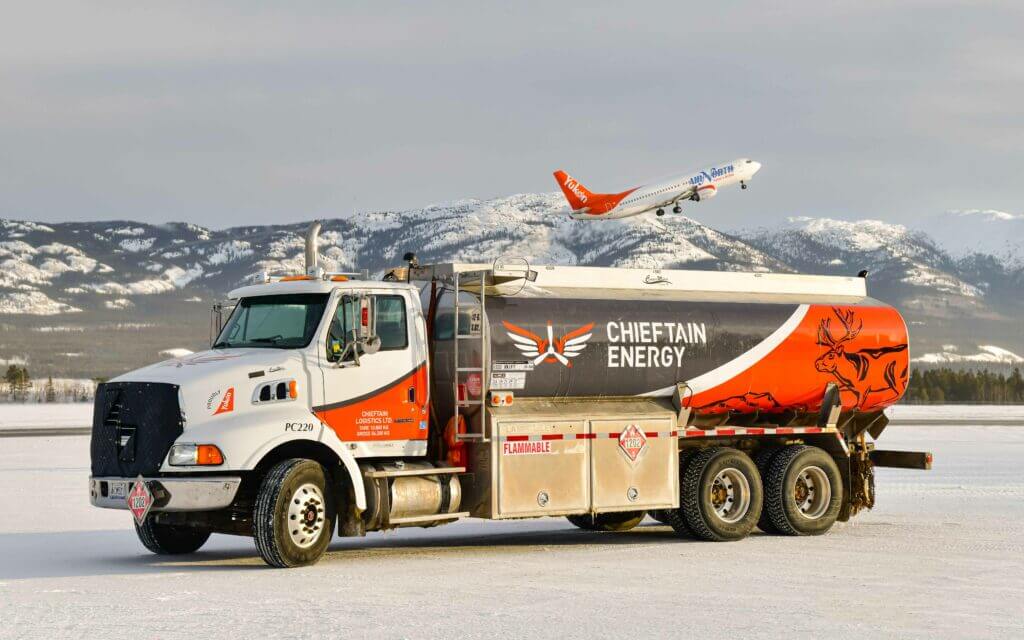
Lastly, Air North produces its in-flight meals in-house. Branded as “The Flight Kitchen,” the catering team prepares more than 200,000 meals annually — which have received rave reviews. In fact, many of the airline’s in-flight menu items are available as pre-cooked, frozen meals at grocers in Whitehorse.
Business Considerations
Disregarding variables such as fuel prices, interest rates, inflation, and the economic cycle — over which the company has no control — there are a number of situations that could affect Air North’s prospects.
1.Mainline competition
During the winter months (November through April), Air North competes with Air Canada on the Whitehorse to Vancouver route. While Air Canada operates two flights per day in each direction with 76-seat Bombardier CRJ900s, Air North normally operates two daily returns with 122-seat Boeing 737-500s — providing about 60 percent of the weekly seat capacity on that route. Air North is also the only carrier to offer direct service between Yukon and Alberta during the winter.
However, more travelers head north during the longer and warmer days, so Air Canada may choose to double its frequency of flights between Vancouver and Whitehorse. As well, WestJet is expected to provide service between Calgary and Yukon’s capital thrice weekly this summer with 132-seat 737-700 equipment.
A strategic partnership, such as an interline agreement or a code-share arrangement, with one of the two Canadian mainline carriers would provide a win-win solution for Air North and its partner. The larger carrier would gain access to Air North’s loyal customers in a cost-effective manner, and Air North would enhance its passenger load factors on its southern Canada routes.
2. Tourism
Wilderness adventures, arctic ecology, and Indigenous culture are bringing tourists back to Canada’s north after the Covid-19 experience. They usually arrive via Vancouver, Calgary, Edmonton, or Toronto.
Because of Air North’s Whitehorse presence, these consumers have approximately twice the impact on Yukon’s economy when flying aboard the local airline than when using a mainline carrier. This means that continuing to attract and retain customers is essential for more than just the airline itself.
3. Resource Exploration
In its March 2022 report, the Conference Board of Canada forecast that a combination of high mineral prices and government incentives are expected to drive Yukon exploration activity. Gold, copper, and silver are the three leading metals being mined.
Moreover, the Fraser Institute’s 2022 Survey of Mining Companies ranked Yukon as the ninth most attractive jurisdiction for mining investment in the world. The ranking was based on mineral potential, as well as policy factors such as regulation, taxation, and infrastructure. These factors would be important for Air North to consider as part of its business plan for the future.
Final Words
Sparling defined Air North’s strategy at a Standing Senate Committee hearing when he said, “At Air North, we describe our corporate objectives as endeavoring to operate safely and successfully while respecting the interests of our customers, our employees, and our shareholders in exactly that priority.”
The market has clearly responded, as Air North carried its three millionth passenger on Sept. 21, 2022.
While many airlines have achieved aggressive growth, they’ve often subsequently disappeared. Air North’s ascent has been much more gradual, but no less impressive over the long haul. During the past four-and-a-half decades, it has evolved from a small local bush operation into a vital, logistical utility.
Sparling recently told Skies, “Air North is an essential service that is used by all Yukoners, either directly or indirectly.”
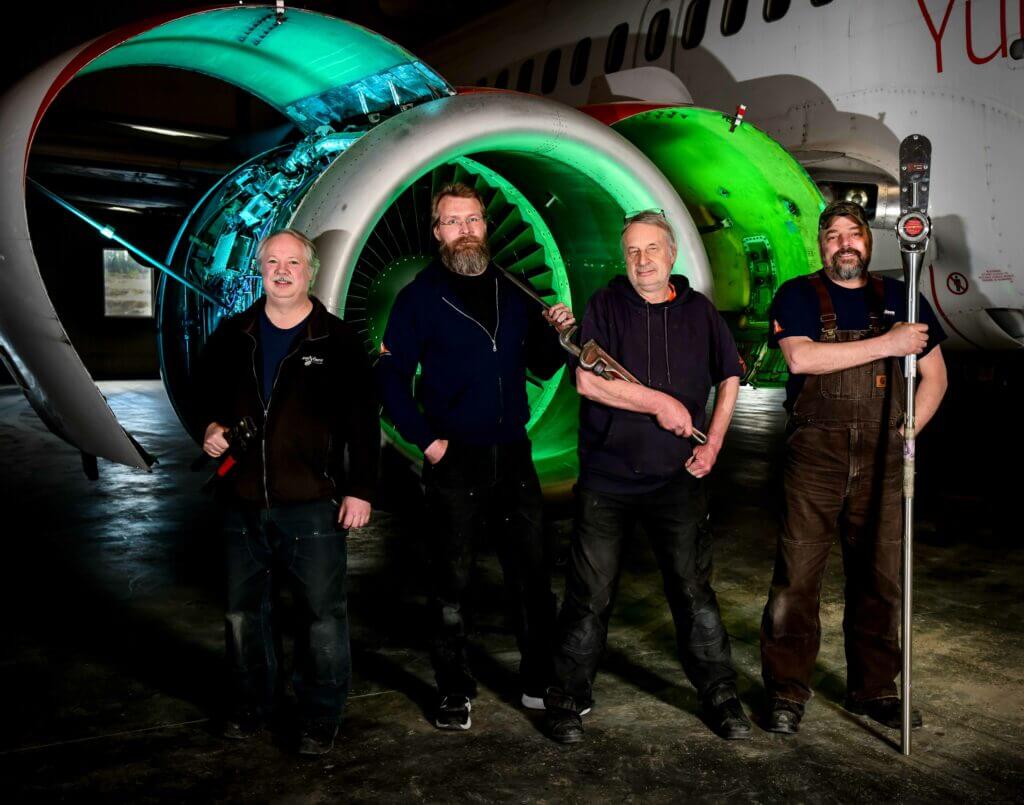
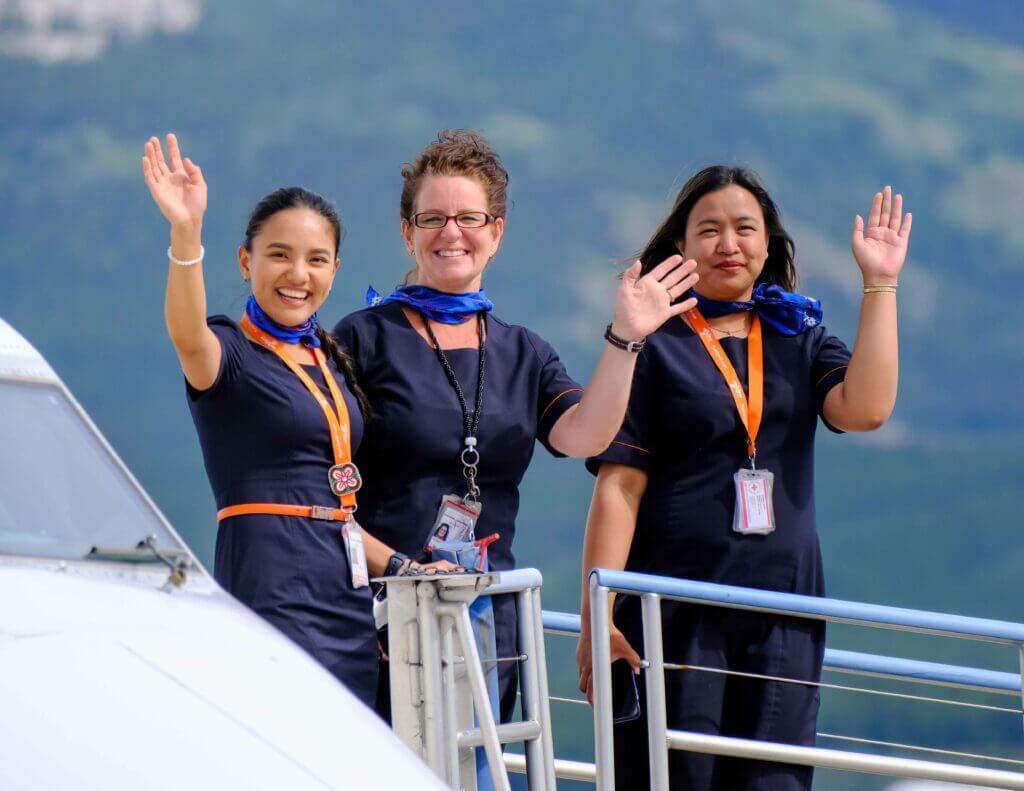

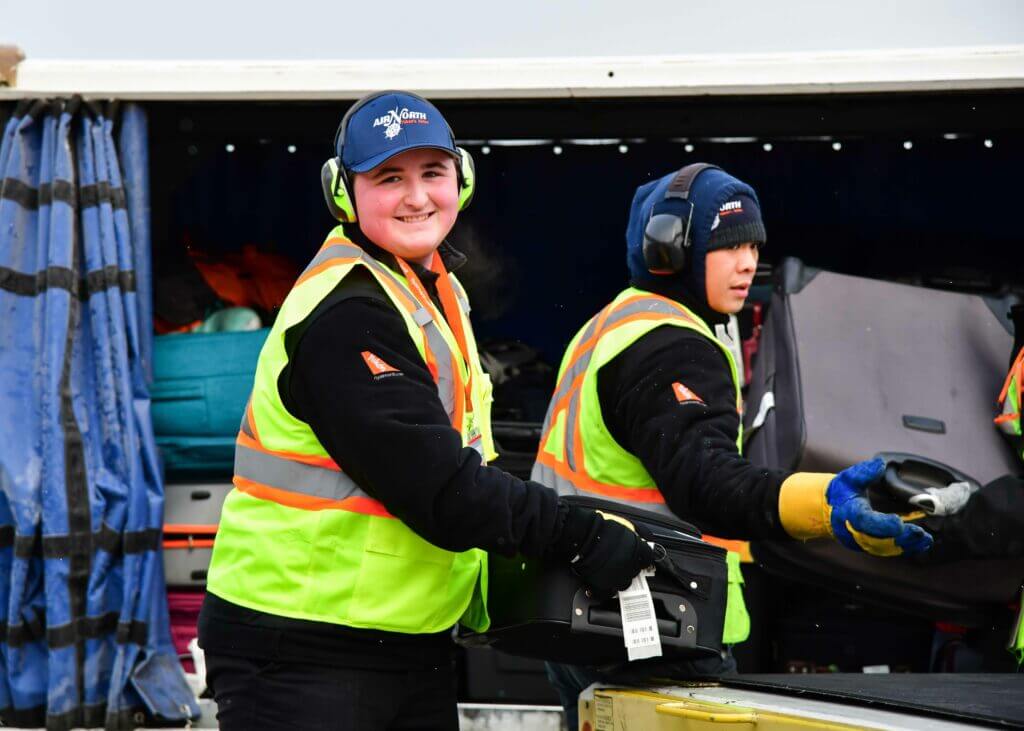


Thanks AirNorth for getting us to where we need to be, even in a medical emergency you where there to help. Plus thanks for all the little perks that help us , whether you know it or not something like the connecting flight promo is huge this year. Plus other little things like support Hope Air for medical trips or supporting Atlin Arts and Music Festival etc. and we haven’t even talked about AirNorth Cargo or the people in the office looking after our booking. Just a Great supporter of the North. Oh and the Warm Cookies, OMG
The most awesome airline , no doubt!
Joe ,you Have always done a great job…you are truly Yukons airline